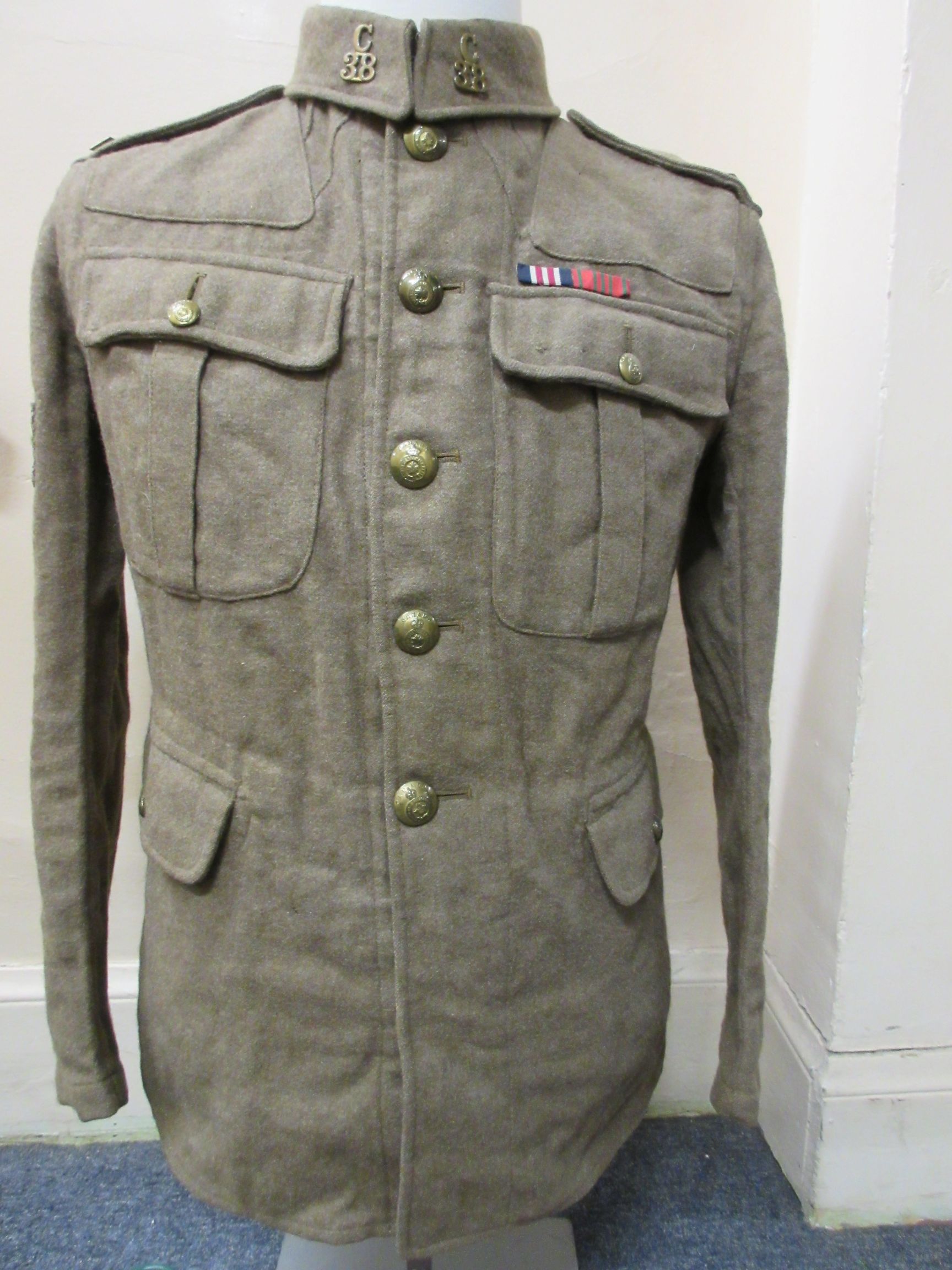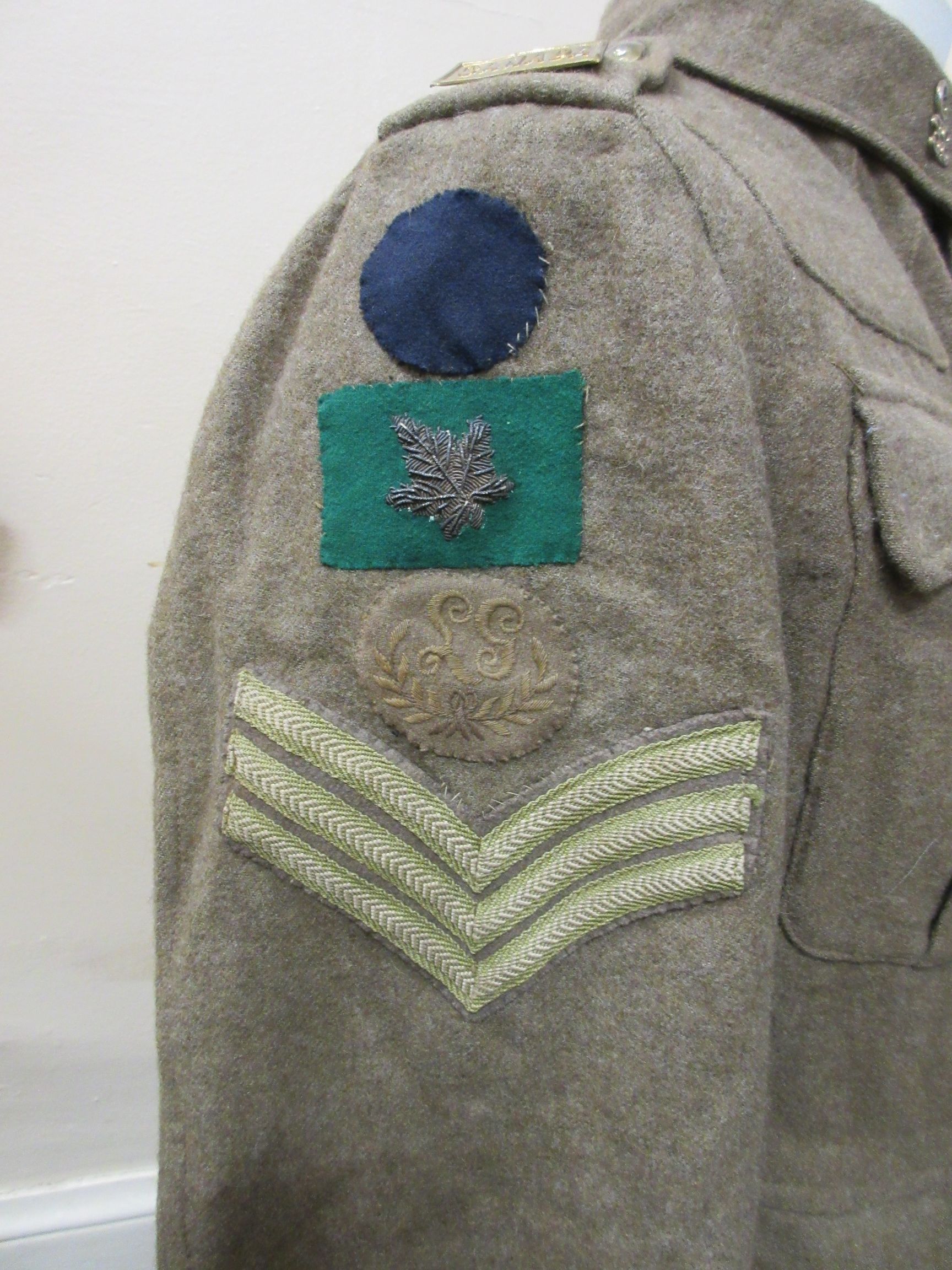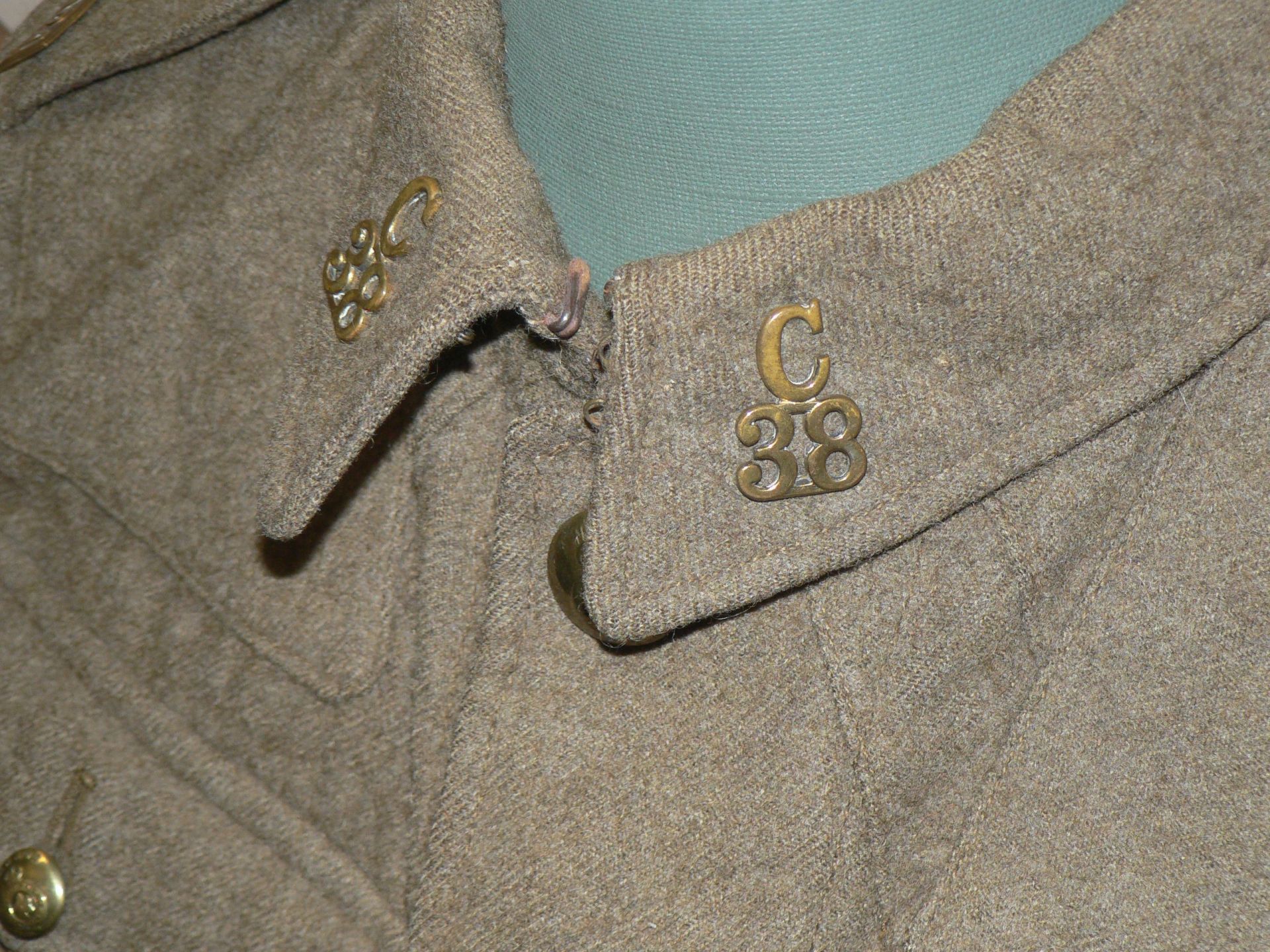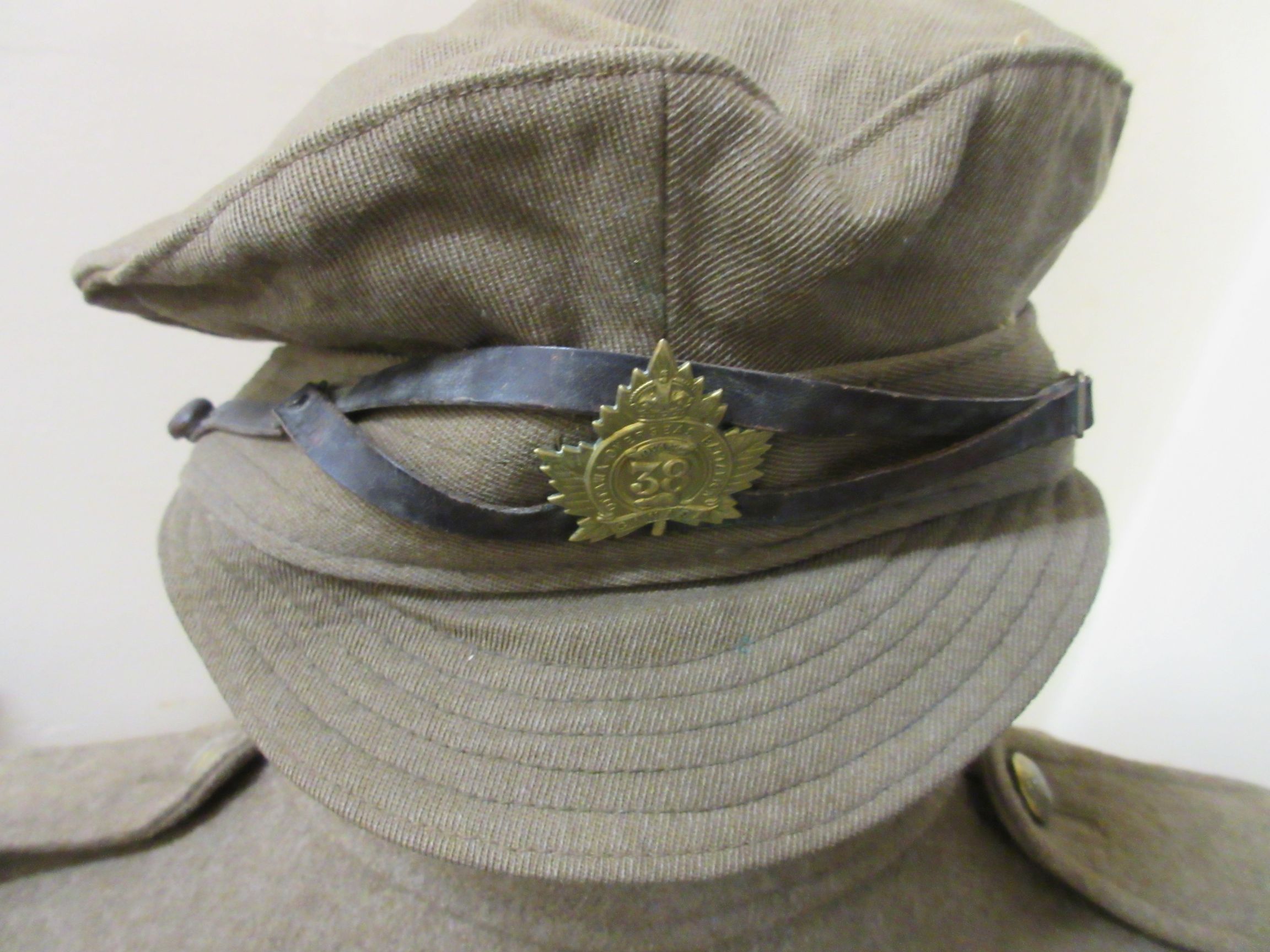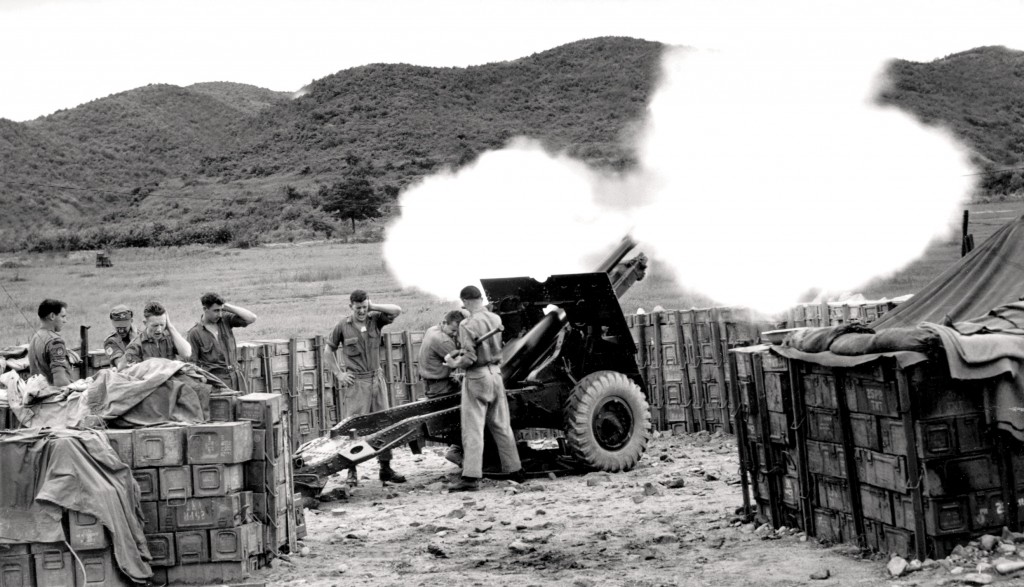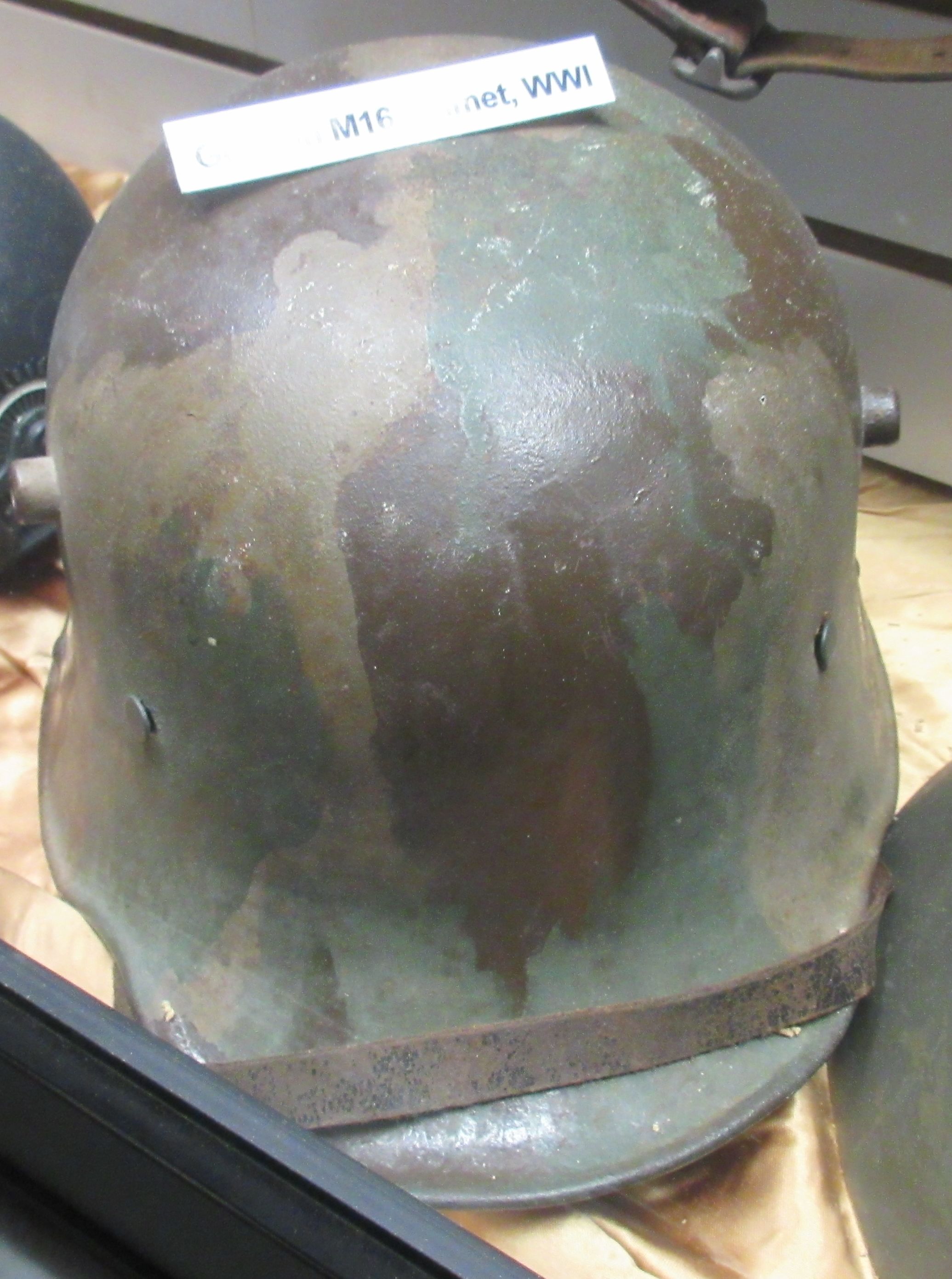Uniforms
Click on photos to enlarge
WWI Tunic, Other Ranks' Universal Service Dress Jacket
Pattern 1902-h (Canadian Manufacture).
The tunic was issued to Sgt. Harry Dawkins.
On sleeve: Sergeants chevrons,
Unit patch: green for 4th Division,
green div. patch and dark blue dot are for the 38th Btn. C.E.F.
Embroidery in green div. patch are for a senior NCO.
LG embroidered badge on sleeve (Lewis Machine Gunner)
38th collar taps and Canada bronze shoulder titles are worn.
Bottom of sleeve: service chevrons, one for each year service.
Undress medal bar (Military Medal and Belgian War Cross)
See Harry Dawkins' attestation papers
The tunic was issued to Sgt. Harry Dawkins.
On sleeve: Sergeants chevrons,
Unit patch: green for 4th Division,
green div. patch and dark blue dot are for the 38th Btn. C.E.F.
Embroidery in green div. patch are for a senior NCO.
LG embroidered badge on sleeve (Lewis Machine Gunner)
38th collar taps and Canada bronze shoulder titles are worn.
Bottom of sleeve: service chevrons, one for each year service.
Undress medal bar (Military Medal and Belgian War Cross)
See Harry Dawkins' attestation papers
Battle Dress 1947 Pattern, Blouses Serge. (Korean War period)
Royal Regiment of Canada Artillery Beret
This Artillery Beret belongs to gunner Tom Cook.
You can read more about Tom, and his part
in the photo below, on the Veterans Page
You can read more about Tom, and his part
in the photo below, on the Veterans Page
WWI Canadian Brodie Helmet
The Brodie helmet is a combat steel helmet designed and patented in London in 1915 by John Leopold Brodie. A modified form of it became the Helmet, Steel, Mark I in Britain. It was also known as the dishpan hat, tin pan hat, washbasin, battle bowler (when worn by officers), and Kelly helmet. The German Army called it the Salatschüssel (salad bowl). The term Brodie is often misused. It is correctly applied only to the original 1915 Brodie's Steel Helmet, War Office Pattern.
John Leopold Brodie (1873–1945), born Leopold Janno Braude in Riga, was an entrepreneur and inventor who had made a fortune in the gold and diamond mines of South Africa, but was working in London at that time. A design patented by him in August 1915 offered advantages over the French helmet. It was constructed in one piece that could be pressed from a single thick sheet of steel, giving it added strength and making it simple to manufacture. Brodie's patent deals mainly with the innovative lining arrangements; an engineer called Alfred Bates of the firm of Willis & Bates of Halifax, Yorkshire, claimed that he was asked by the War Office to find a method of manufacturing an anti-shrapnel helmet and that it was he who had devised the basic shape of the steel shell. Aside from some newspaper articles, there is nothing to substantiate Bates's claim.
Brodie's design resembled the medieval infantry kettle hat or chapel-de-fer, unlike the German Stahlhelm, which resembled the medieval sallet. The Brodie had a shallow circular crown with a wide brim around the edge, a leather liner and a leather chinstrap. The helmet's "soup bowl" shape was designed to protect the wearer's head and shoulders from shrapnel shell projectiles bursting from above the trenches. The design allowed the use of relatively thick steel that could be formed in a single pressing while maintaining the helmet's thickness. This made it more resistant to projectiles but it offered less protection to the lower head and neck than other helmets.
The original design (Type A) was made of mild steel with a brim 1.5–2 inches (38–51 mm) wide. The Type A was in production for just a few weeks before the specification was changed and the Type B was introduced in October 1915. The specification was altered at the suggestion of Sir Robert Hadfield to a harder steel with 12% manganese content, which became known as Hadfield Steel, which was virtually impervious to shrapnel hitting from above. Ballistically this increased protection for the wearer by 10 per cent. It also had a narrower brim and a more domed crown.
The original paint scheme, suggested by Brodie, was a mottled light green, blue, and orange camouflage but they were also painted in green or blue-grey. The weight of a lined Mark I helmet was approximately 2.4 pounds (1.1 kg).
WWI German M18 Helmet
The design of the Stahlhelm was carried out by Dr. Friedrich Schwerd of the Technical Institute of Hanover.In early 1915, Schwerd had carried out a study of head wounds suffered during trench warfare and submitted a recommendation for steel helmets, shortly after which he was ordered to Berlin. Schwerd then undertook the task of designing and producing a suitable helmet, broadly based on the 15th-century sallet, which provided good protection for the head and neck.
After lengthy development work, which included testing a selection of German and Allied headgear, the first Stahlhelm were tested in November 1915 at the Kummersdorf Proving Ground and then field tested by the 1st Sturm (Assault) Battalion. Thirty thousand examples were ordered, but it was not approved for general issue until New Year of 1916, hence it is most usually referred to as the "Model 1916". In February 1916 it was distributed to troops at Verdun, following which the incidence of serious head injuries fell dramatically. The first German troops to use this helmet were the stormtroopers of the Sturm-Bataillon Nr. 5 (Rohr), which was commanded by captain Willy Rohr.
In contrast to the Hadfield steel used in the British Brodie helmet, the Germans used a harder martensitic silicon/nickel steel. As a result, and also due to the helmet's form, the Stahlhelm had to be formed in heated dies at a greater unit cost than the British helmet, which could be formed in one piece.
Extensive redesigns were made for the M1918 model. A new two-piece chin strap was introduced, and was attached directly to the helmet liner rather than the shell. Certain examples of the M1918 had cut-outs in the rim along the sides of the helmet. It has incorrectly been said that these cut-outs were to accommodate using headphones while wearing the helmet. These cut-outs were actually done to improve hearing and to reduce echo created by the large, flared skirt.
The M1918 Stahlhelm can be distinguished from the M1916, as the M1918 shell lacks the chinstrap rivet on the lower side of the helmet skirt found on earlier models.







